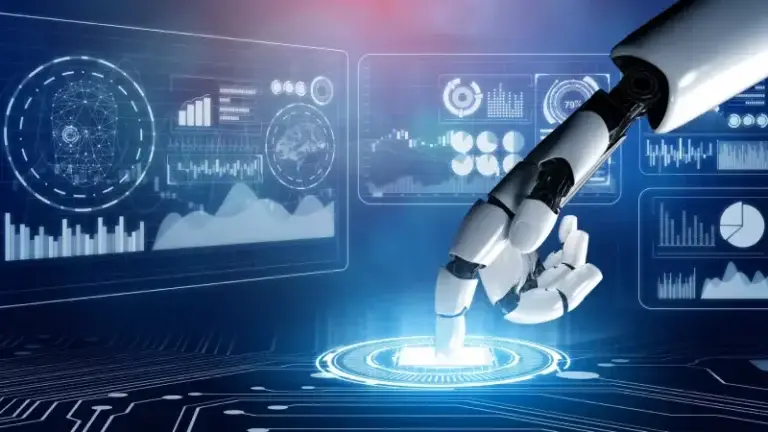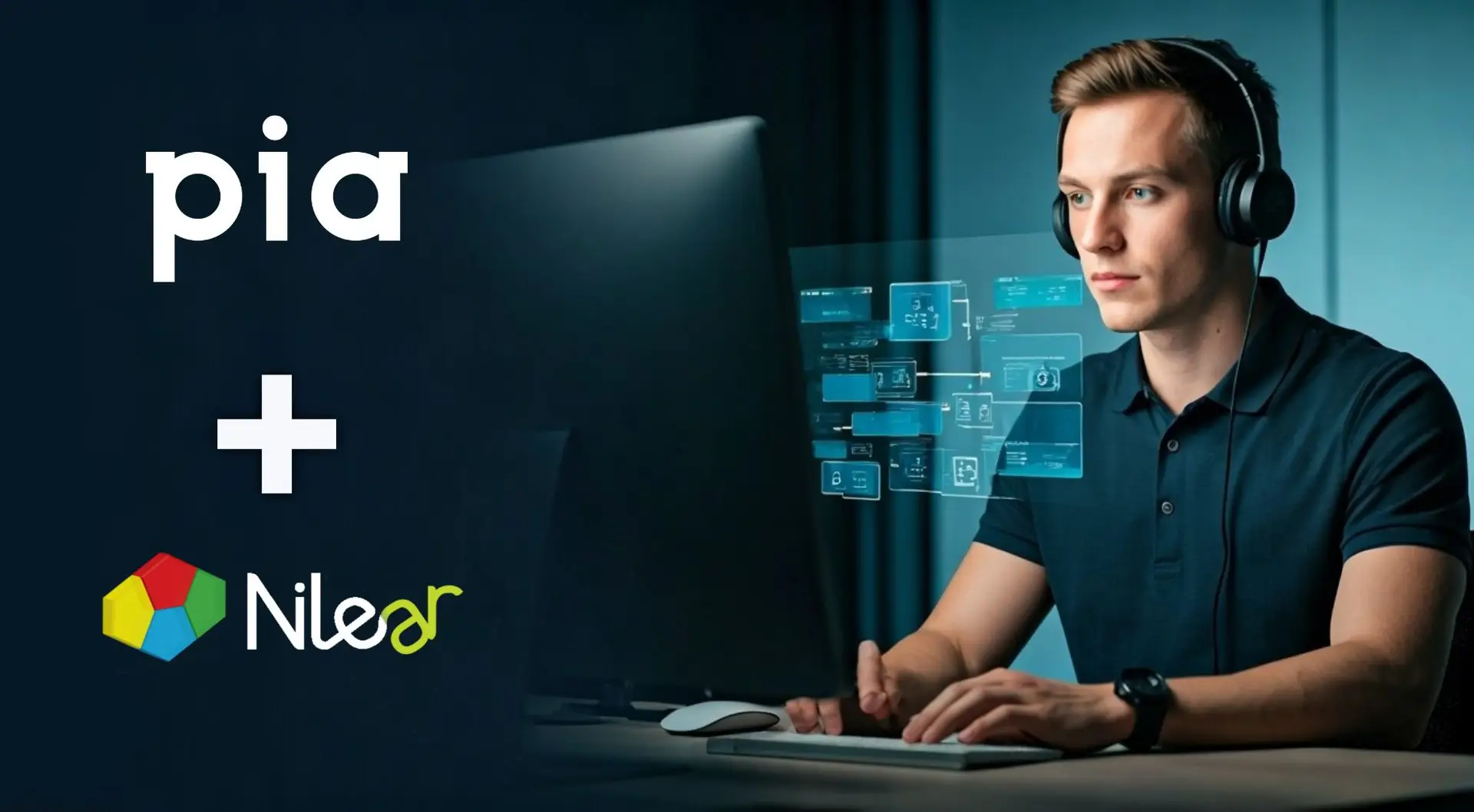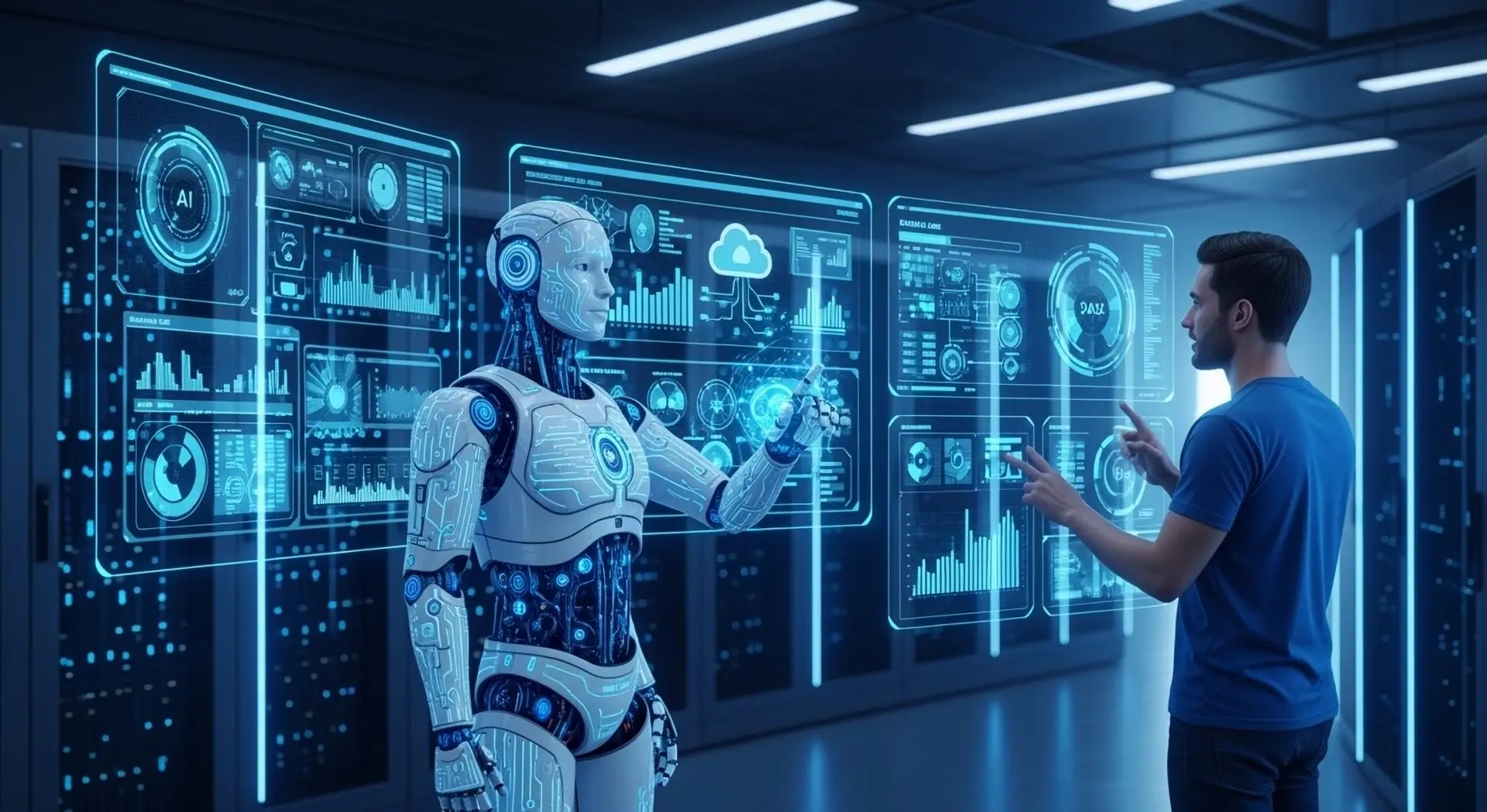What is true Artificial Intelligence (AI), and how can it transform IT service management?


Larissa Varela
Pia, Global Director of Marketing
Automation technology is being deployed more readily in IT and business operations, a trend that shows no sign of slowing. An IBM survey found that 80% of companies are already using or planning to employ automation software in the next 12 months. One-in-three companies were influenced by the pandemic to accelerate automation deployment specifically to boost productivity, and improve resiliency through new applications, like automating IT service tickets.
For IT service management (ITSM) leaders, discovering the right intelligent solution for their use case can be daunting. This may be because common terminology (and hype-filled case studies) can obscure, rather than illuminate the underlying technologies and their true relevance. For example, machine learning (ML) is often mentioned in shorthand for AI technology, but the approaches to ML and true AI technologies are different enough to require separate categorization.
What is the difference between ML and true AI?
ML needs no introduction at this point. Its ubiquity has redefined our daily lives, from personalized Google search results to “you may also like…” recommendations on Amazon. But it’s worth revisiting how this technology functions to understand where ML ends and true AI begins.
Statistical machine learning is the process of computers systems using algorithms and models to make predictions or inferences drawn from large datasets, without human interaction. ML models can be supervised—trained on past data to make predictions—or unsupervised—drawing connections and conclusions without past datasets.
ML models have to be evaluated, scored, and trained continuously in order to deliver business value. CIOs who have undertaken ML projects have likely discovered the significant amount of data scientist input and effort involved in producing and managing a useful model. Over time, an AI operations practice may help an organization manage ML models without human intervention, but this is still very much an emergent and edge case.
In ITSM, ML has been useful in trawling large volumes of data to improve user experience, using predictive intelligence to understand user behavior and guide them more seamlessly to resolution through relevant article recommendations, automated search results, chatbots, and more.
Now, true AI is going further, using a suite of AI technologies to predict, contextualize, and respond to information in a system. True AI represents a higher set of cognitive capabilities that make and act on predictions with a high degree of accuracy, improving over time without human-directed training. The distinction between true AI and ML is like having Siri order takeout from your favorite restaurant for you rather than returning a list of top delivery services. It has the potential to create results automatically.
What makes true AI possible?
Today, it’s a combination of capabilities that more closely resemble human executive functioning and decision making. Intelligent Process Automation (IPA) is a methodology to oversee complex digital processes. It combines several technologies: robotic process automation (RPA), which automates backend workflows using rule-based decisions, and AI/ML models for higher pattern recognition and continuous learning. RPA could send an automatic email reply to a user, but IPA as a process could examine which emails require higher-level service, find an available technician, and assign the ticket.
Semantics-based AI – like Natural Language Understanding and Generation (NLU and NLG respectively), and Deep Learning Natural Language Processing (NLP) can help assess user intent from text or speech, and produce very natural, readable text. These capacities augment the end-user experience and evolve chatbot to a highly effective digital guide.
Ultimately, true AI is about bringing together different intelligent capabilities with an AI model that can continuously learn and improve the whole process automatically. For AI to add value to IT service providers, it has to have the capacity to run independently and accurately, improving service quality, handling low-level tasks, and lowering costs over time. With the advent of Intelligent Automation-as-a-Service offerings, true AI is poised to transform ITSM.
How is true AI transforming IT service desk operations?
A constant focus for MSPs is profitability, and one of the most significant threats to profitability is attrition. By this point it’s no secret that a company culture that supports employees’ goals and growth is key to retaining talent. On the flip side, without meaningful challenges, top technician talent is likely to leave.
An organization with an Intelligent Process Automation system in place can let it address the first and second-tier tickets that come across. The system can even learn and grow from every engagement, deflecting the low-hanging fruit away from technician staff. This creates space for technicians to focus on more complex tasks, upskilling, and uncovering new revenue opportunities.
For MSPs that offer all-inclusive subscription models, speedy resolution of issues directly impacts profitability, in addition to improving customer satisfaction. With a system in place that can resolve known issues based on patterns and prediction, issues can be fixed not only automatically but faster than a technician might be able to typically.
And as enterprises look to reduce IT budgets wherever possible, being able to provide consistent results, and even outperform expectations, is critical. At its core, an AI system is a learning machine that has the power to surface insights about the customer’s IT operations that can deliver continual efficiencies and improvements. An IPA system can learn what types of requests typically need to be escalated, better decipher user intent, and connect high-level tickets to the right resource.
What does true AI mean for IT service providers right now?
Hyperautomation is becoming the new standard—it requires true AI that goes beyond simple tasks and resolves a broad range of tasks in context. Pia’s Intelligent Autiomation-as-a-Service platform orchestrates AI/ML models, IPA/RPA, NLP, and chatbots to process and resolve service requests automatically where possible, and roster and schedule work to engineers when needed.
Contact us to organize a demo, speak with a team member, or join our waitlist to be some of the first in the world to use this technology.
More to explore

Introducing Pia Integration with Nilear MTX Pods
Pia now integrates with Nilear’s MTX Pods, bringing AI-driven triage and automation to dispatch and workflow tools—helping MSPs streamline service delivery like never before.

How MSPs Can Use AI to Improve Customer Service
Discover how AI helps MSPs resolve issues faster, scale support without more headcount, and deliver personalized service that drives loyalty—all while reducing operational costs.

Agentic AI and the Future of MSPs: What You Need to Know Before You Implement
Explore how agentic AI is reshaping MSP operations—acting as an autonomous teammate that makes real-time decisions, reduces manual effort, and scales service delivery intelligently.
